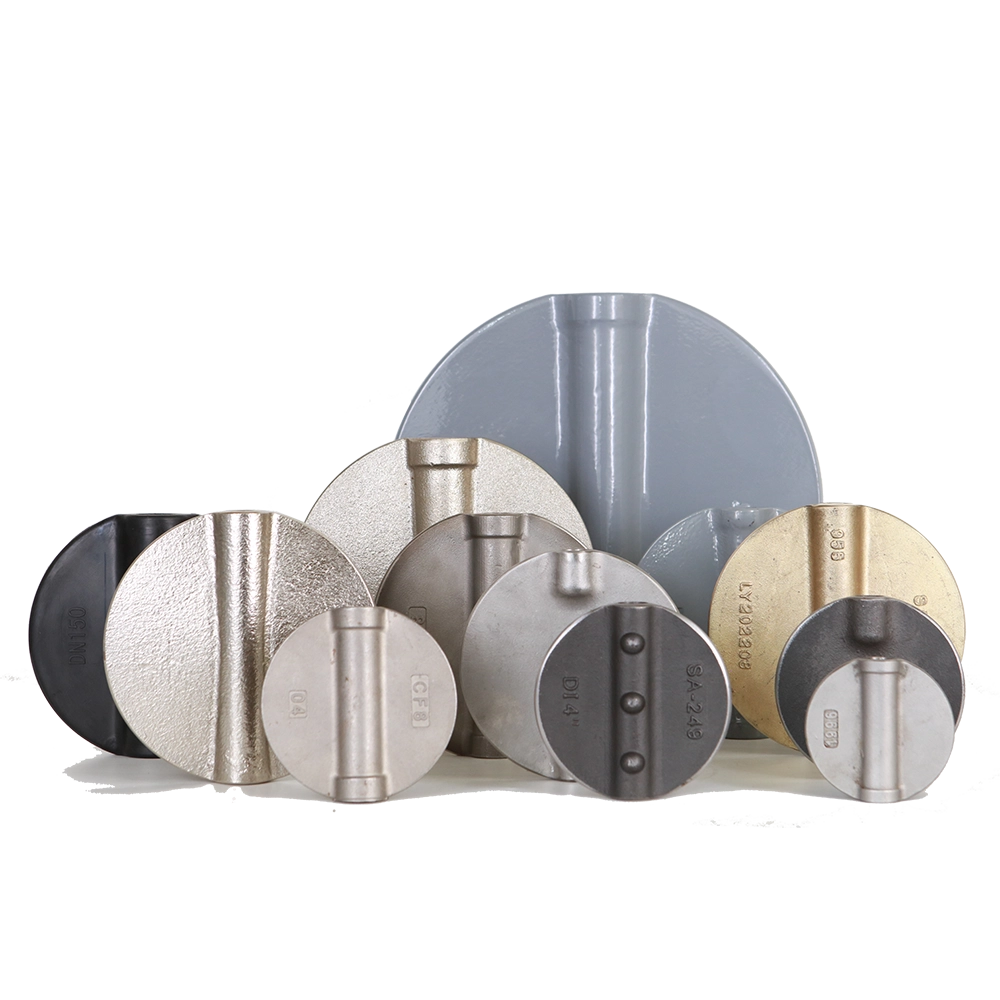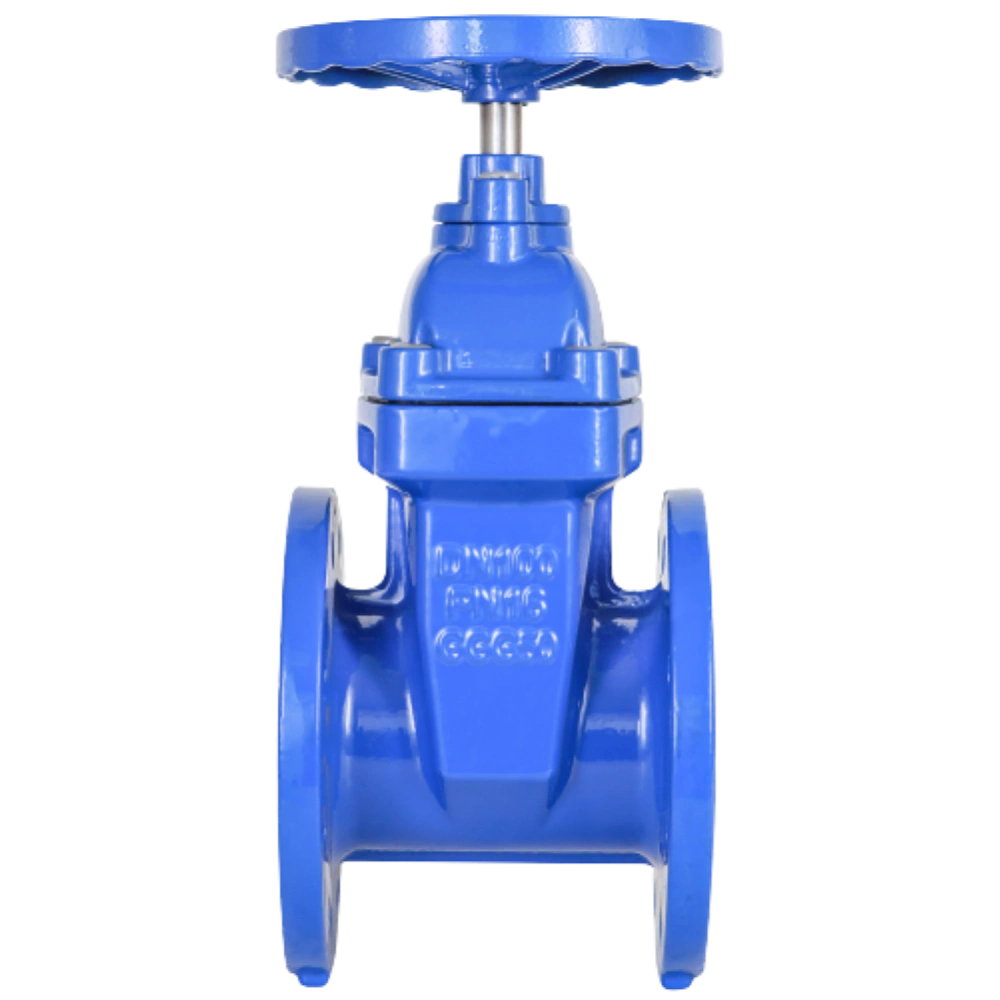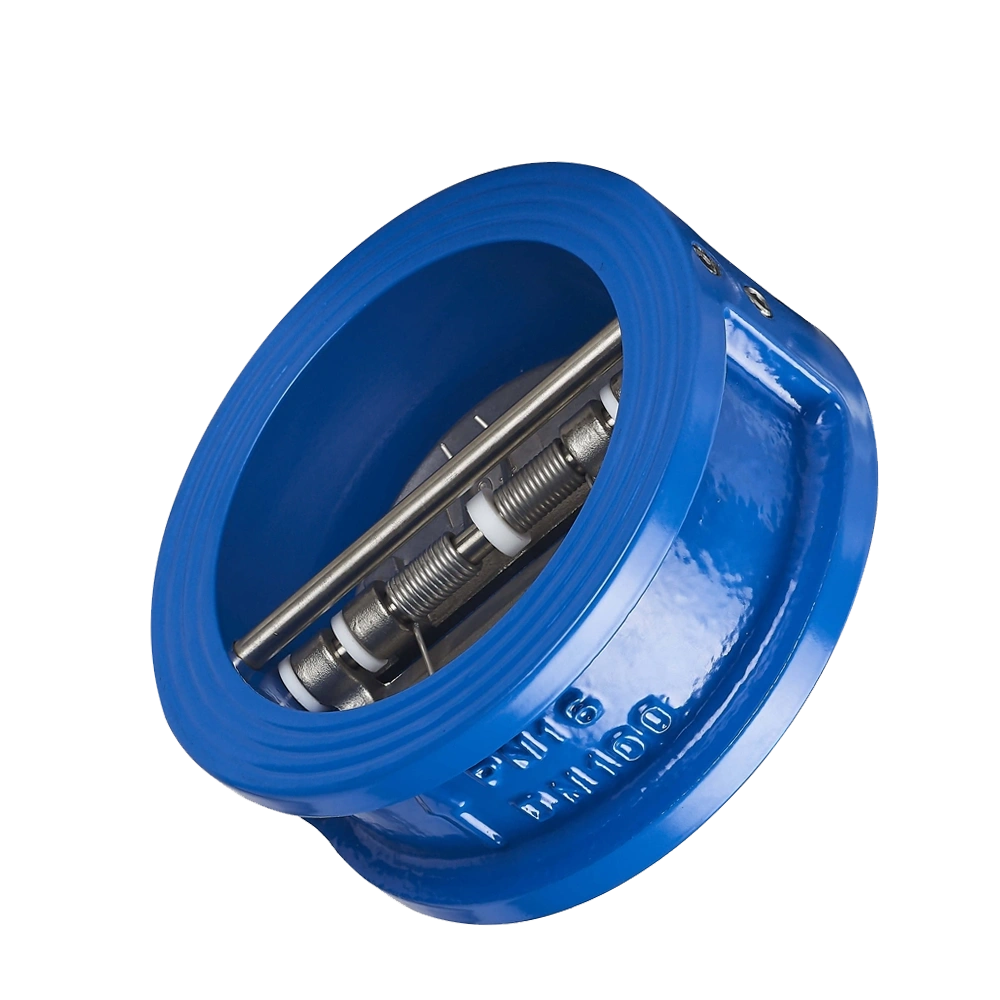1. Introduction to Butterfly Valves
1.1. What is a Butterfly Valve?
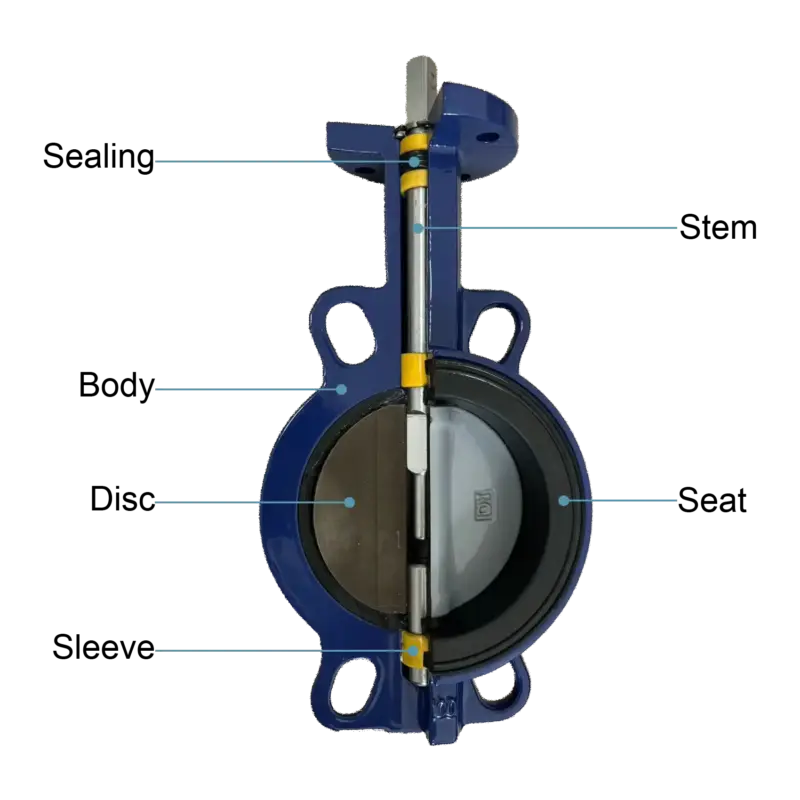
A butterfly valve is a quarter-turn valve named for its resemblance to a butterfly. It is used to start, regulate, or stop the flow of fluid in a pipeline. When the valve is open, the disc turns to allow fluid to flow through. When the valve is closed, the disc blocks the flow of fluid.
1.2. Importance of Butterfly Valve Symbols
Butterfly valve symbols are essential for the accurate interpretation of technical drawings such as piping and instrumentation diagrams (P&IDs), which depict the layout and function of a piping system. These symbols provide basic information about the valve type, configuration, and any actuation mechanisms. Misinterpreting these symbols can lead to design flaws, improper installation, and costly errors during operation.
2. Standard Symbols for Butterfly Valves
The basic symbol for a butterfly valve consists of a simplified representation of the valve body and disc. It is usually shown as a circle with a vertical or horizontal line dividing it into two parts to represent the disc. In many diagrams, the stem is also represented, showing the direction of the disc relative to the flow.

Common elements of butterfly valve symbols:
– Vertical line: valve body.
– Diagonal line: disc.
– Solid circle: stem.
– Horizontal line: pipe.
3. Butterfly valves symbol of drawing in piping and instrumentation diagram (P&ID)
3.1. What is P&ID?
P&ID is a schematic diagram in the engineering field that describes the serial relationship between different pipes, instruments and equipment in a system. It is an important tool for designing and maintaining complex piping systems. The butterfly valve symbol in the P&ID diagram is essential to indicate the specific function and location of the valve in the process.
3.2. Butterfly valve symbol in the context of P&ID
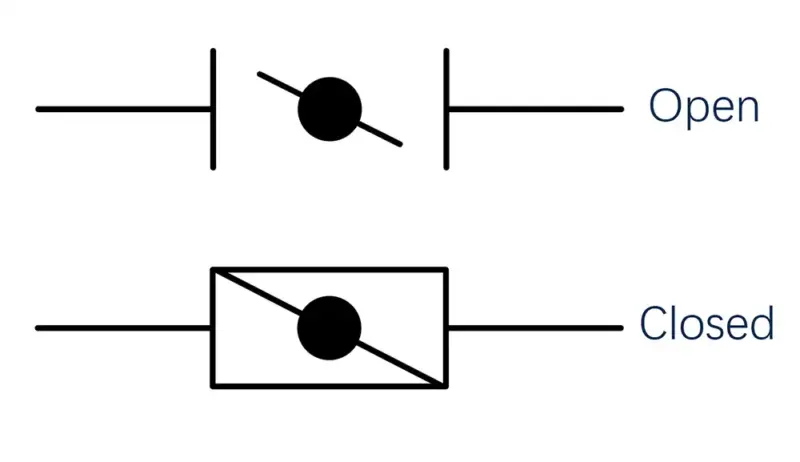
In P&ID diagrams, the butterfly valve symbol may appear in the following configurations:
– Open valve: the valve disc is shown parallel to the pipe flow.
– Closed valve: the valve disc is perpendicular to the pipe flow.
4. International standards for butterfly valves symbol
4.1. ISO Standards for Valve Symbols
The International Organization for Standardization (ISO) provides globally recognized standards for the representation of valves in technical drawings. ISO 10628 and ISO 14617 are the most commonly used standards for valve symbols, including butterfly valves. These standards ensure consistency and clarity in the interpretation of valve symbols across industries and regions.
4.2. ANSI/ASME Valve Symbol Standards
In North America, the American National Standards Institute (ANSI) and the American Society of Mechanical Engineers (ASME) provide guidelines for valve symbols. The ANSI/ASME Y32.2-1975 standard (Graphical Symbols for Fittings, Valves, and Pipe) is widely used to standardize valve symbols in piping schematics, including butterfly valves.
4.3. DIN Standards for Valve Symbols
In Germany and other parts of Europe, the German Standards Institute (DIN) provides standards for valve symbols. DIN 19227 is a common standard used to represent valves in process engineering drawings.
5. Special Symbols for Actuated Butterfly Valves

5.1. Pneumatic Butterfly Valve Symbols
Pneumatic butterfly valves are represented by the standard valve symbol with a small box or circle in it, indicating a pneumatic actuator. This additional symbol indicates that the valve is controlled by compressed air rather than manually operated.
5.2. Electric Butterfly Valve Symbol
The electric butterfly valve symbol includes a similar box or circle, but with specific annotations indicating that the valve is powered by an electric motor.
5.3. Manual Gear Operated Butterfly Valve Symbol
A manual gear operated butterfly valve is represented by a hand wheel symbol next to the standard valve icon, indicating that the valve is manually operated via a gearbox.
6. Importance of Accurate Interpretation
Accurate interpretation of butterfly valve symbols is critical to the safe and efficient operation of piping systems. Misinterpreting these symbols can result in incorrect installation, inefficient systems, and potential safety hazards. Engineers, designers, and operators must be familiar with the various symbols used to represent butterfly valves in different industries and applications.


